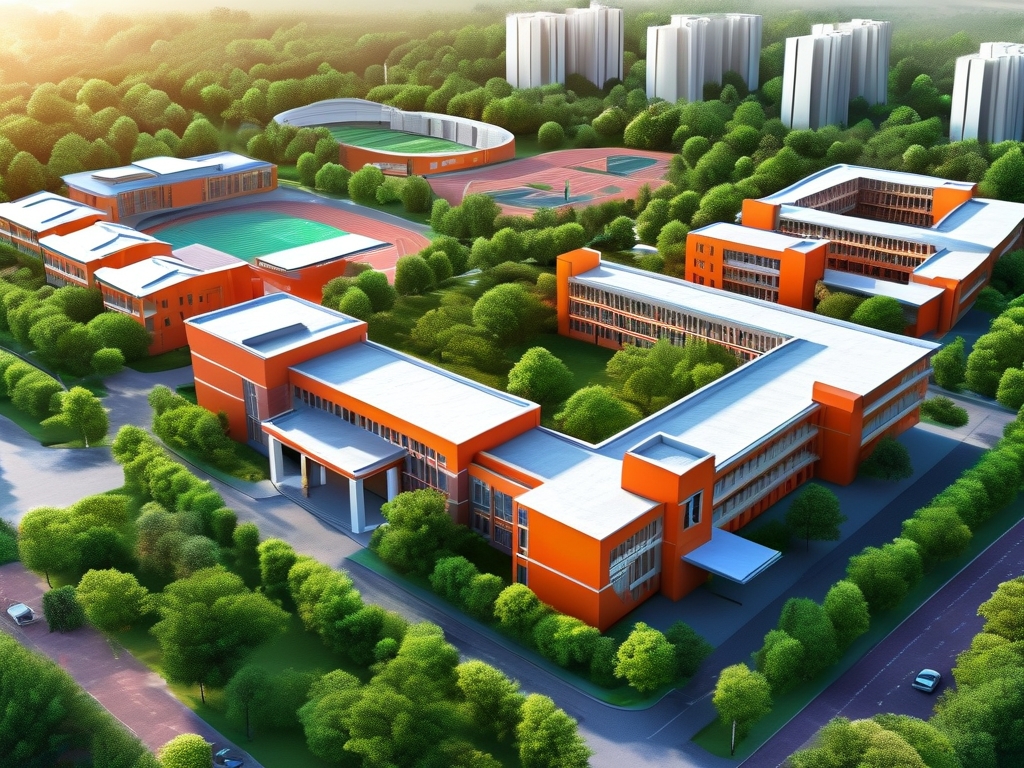The frontend development interview process at Cloudboat Biotech () is a rigorous yet rewarding experience for aspiring developers. As a company specializing in biotechnology solutions with a strong emphasis on user-centric digital platforms, Cloudboat seeks candidates who combine technical expertise with problem-solving creativity. This article explores the interview structure, common technical challenges, and actionable strategies to help candidates succeed.
Understanding Cloudboat Biotech’s Frontend Requirements
Cloudboat Biotech’s products include dynamic web applications for genetic data visualization, laboratory management tools, and collaborative research platforms. Their frontend stack typically revolves around modern frameworks like React or Vue.js, paired with TypeScript for robust type-checking. Interviewers assess not only coding skills but also candidates’ ability to design intuitive interfaces for complex scientific workflows.
Interview Process Overview
The hiring process usually involves four stages:
- Initial Screening: A 30-minute call focusing on resume review and behavioral questions.
- Technical Assessment: A take-home or timed coding challenge emphasizing UI component development.
- Onsite/Panel Interview: A 2–3 hour session with live coding, system design, and cross-functional collaboration scenarios.
- Culture Fit Discussion: A final conversation with senior engineers to evaluate alignment with Cloudboat’s mission.
Common Technical Interview Questions
Below are examples of challenges candidates might encounter:
1. Dynamic Data Visualization
Problem: “Design a React component to render an interactive heatmap for gene expression data. The UI must support zoom, tooltips, and real-time updates.”
Evaluation Criteria:

- Efficient handling of large datasets (e.g., Web Workers or virtualization).
- Accessibility compliance (ARIA labels, keyboard navigation).
- Clean integration with state management libraries like Redux.
2. Performance Optimization
Problem: “A lab dashboard suffers from slow rendering times due to 10,000+ DOM elements. Propose and implement optimizations.”
Expected Solutions:
- Virtualized scrolling using libraries like
react-window. - Memoization of expensive calculations.
- Debouncing API calls during user interactions.
3. Cross-Browser Compatibility
Problem: “Debug a scenario where Cloudboat’s sample tracker UI works in Chrome but fails in Safari.”
Key Points:
- Understanding Safari’s limitations with CSS Grid or ES6 features.
- Strategies for progressive enhancement and polyfills.
Behavioral and Scenario-Based Questions
Cloudboat values candidates who thrive in interdisciplinary teams. Sample questions include:

- “Describe a time when you collaborated with non-technical stakeholders to refine UI requirements.”
- “How would you explain technical constraints to a biologist insisting on a feature that’s infeasible?”
Preparation Strategies
- Study the Tech Stack: Deep-dive into React Hooks, TypeScript generics, and data-fetching libraries (e.g., SWR or TanStack Query).
- Practice Biotech-Specific UI Challenges: Explore open-source projects like Galaxy or Biopython for inspiration on scientific data interfaces.
- Mock Interviews: Simulate real-world scenarios using platforms like Pramp or interviewing.io.
- Review Cloudboat’s Public Projects: Analyze their GitHub repositories or case studies to understand their design patterns.
Case Study: A Successful Candidate’s Journey
Jane, a frontend developer with a background in healthcare apps, secured an offer by:
- Building a portfolio project that visualized COVID-19 variant spread using D3.js and React.
- Demonstrating her ability to optimize WebGL rendering for 3D protein structures.
- Highlighting her experience with Agile workflows in regulated industries.
Cloudboat Biotech’s frontend interview demands a blend of technical mastery and domain awareness. By mastering modern frameworks, practicing real-world biotech UI problems, and articulating collaborative problem-solving approaches, candidates can position themselves for success. Remember, the goal isn’t just to write code—it’s to showcase how your skills can advance the intersection of biology and technology.



